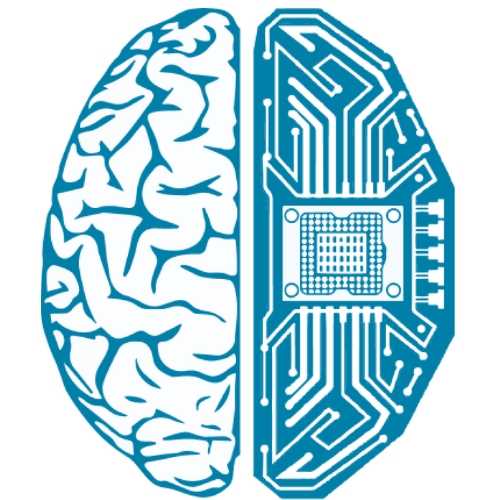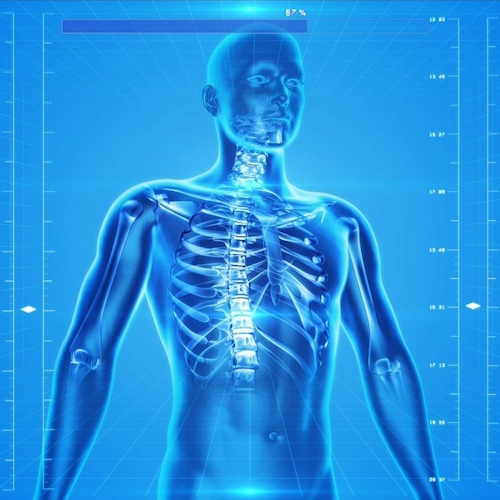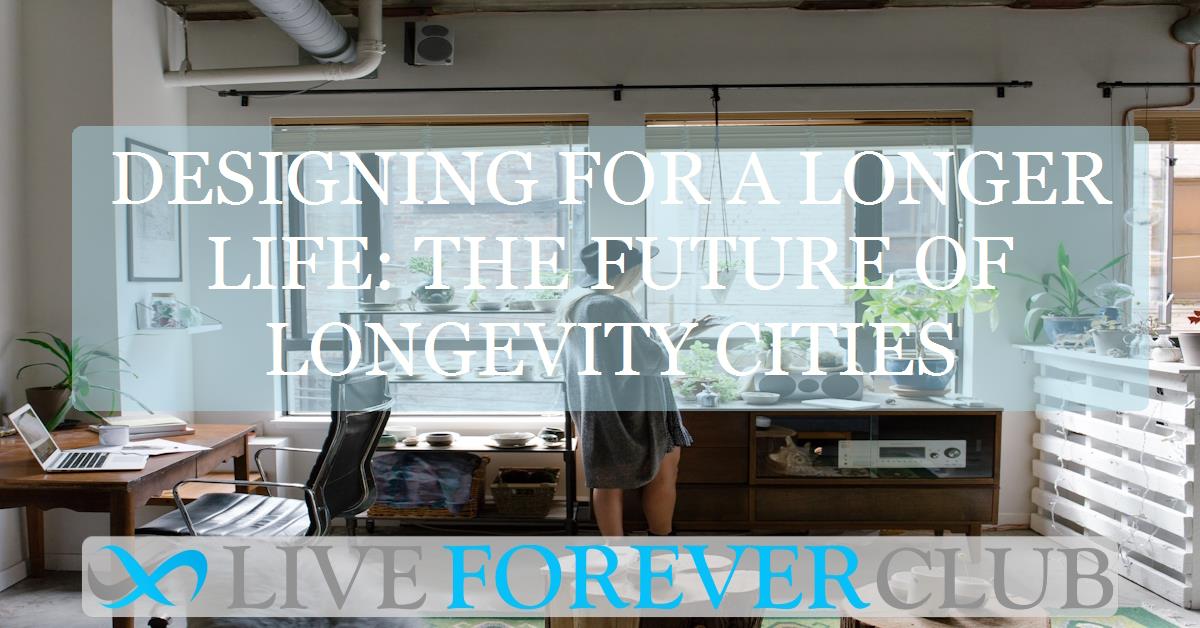Key points from article :
At the AIM Congress 2025 in Abu Dhabi, Dmitry Kaminskiy, General Partner of Deep Knowledge Group, delivered a forward-looking presentation exploring how future architecture will intersect with longevity science, artificial intelligence (AI), and the Internet of Everything (IoE). Speaking on April 7, his talk, titled “The Rise of Visionary Architects: Transforming Urban Landscapes for Sustainable Investment”, focused on how cities and homes are evolving into health-optimized environments designed to enhance human longevity.
Kaminskiy outlined the transformation of urban planning—from early 20th-century utility-driven designs to today’s Smart Cities 2.0, where the goal is not just efficiency but also wellness and extended healthspan. In this emerging era, biomarkers, biosensors, and AI will be built into the fabric of homes and cities. These technologies will monitor residents' health in real time and automatically adjust living conditions—like air quality, lighting, or sleep environments—to support optimal well-being.
He introduced the concept of “Longevity Homes”, built around four pillars: environmental hazard neutralization, integrated health equipment, personalized protocols, and AI copilots. These homes will serve as intelligent, responsive ecosystems that anticipate and support health needs. For example, they might suggest calming activities when stress levels rise or adjust the lighting to improve circadian rhythm.
Looking ahead to the 2030s, Kaminskiy envisions Longevity Cities—urban environments where everything from infrastructure to public spaces is optimized for long, healthy living. These cities will feature real-time health monitoring, biophilic design, and AI-driven systems that help residents thrive physically, mentally, and emotionally. The ultimate goal, Kaminskiy emphasized, is to move longevity from a luxury to a standard built into the foundations of everyday living.







